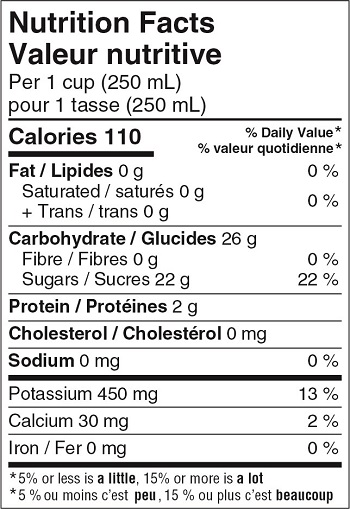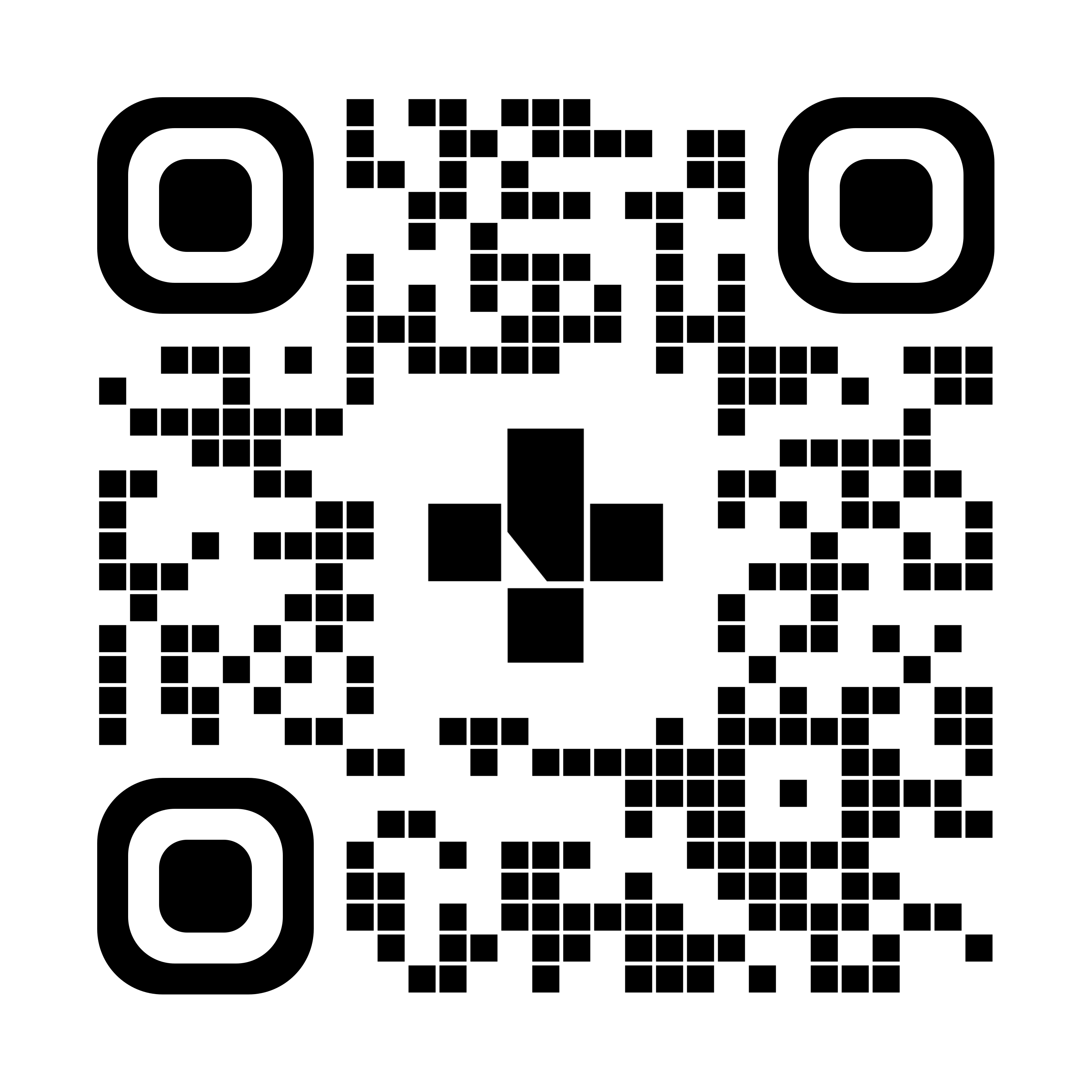Learn About Reading Food Labels

What can you learn from food labels?
Food labels on packaged foods and drinks show lots of information. Reading and understanding the information on these labels can help you to compare products and help you eat a balanced diet that includes the nutrients your body needs.
How can you use food labels?
You can find nutrition information in three different places on food labels:
- List of Ingredients
- Nutrition claims
- Nutrition Facts table?
List of Ingredients
The list of ingredients tells you what is in the food. It lists the ingredients by weight from most to least. The first few ingredients are those in the highest amounts. In the example below of a whole grain breakfast cereal, whole grain wheat is the first ingredient. This means that there is more whole grain wheat in the cereal than any other ingredient.
Ingredients: Whole grain wheat, Dark chocolate bits (sugar, unsweetened chocolate, cocoa butter, soy lecithin, vanilla extract), Cocoa, Mixed tocopherols (to preserve freshness). Contains: Wheat, Soy.
Nutrition claims
There are two types of nutrition claims on food and drink packages:
- Nutrient content claims: These are statements about one nutrient such as fat, salt, sodium, or fibre. For example, “50% less sodium” means the product has 50% less sodium (salt) than the same regular item.
- Health claims: These are statements that describe a link between what you eat and certain health effects. For example, “A healthy diet low in saturated and trans fats may reduce the risk of heart disease.”
Nutrition Facts table
The Nutrition Facts table lists the amount of calories and other nutrients that are in the food based on a certain serving size. You can use the Nutrition Facts table to compare similar foods.
The % Daily Value (% DV) on the Nutrition Facts table shows you if the serving size has a little or a lot of certain nutrients. It can help you make food choices.
When comparing products, you can use % DV to choose products that are higher in nutrients you may want more of:
- iron
- fibre
- calcium
- potassium
You can also use the % DV to choose products with less:
- sugars
- sodium
- saturated fats
What nutrients do food labels include?
The Nutrition Facts table gives you information about nutrients your body needs:
Calories
A calorie is a measure of energy that a food provides. Your body needs a certain number of calories each day to do its work.
Fats
Fat helps give you energy and absorb vitamins. Unsaturated fats are healthy, saturated fats and trans fats are unhealthy for your body.
Cholesterol
This type of waxy substance helps your body digest fat. Your liver makes some cholesterol, and you get some from food.
Sodium
Salt is the most well-known source of sodium. Too much sodium can raise blood pressure in some people. Many processed and packaged foods are very high in sodium.
Carbohydrates
Carbs are starch and sugars that give your body energy for your brain and nervous system.
Fibre
Fibre is the part of plant foods – including fruits, vegetables, and grains – that your body can’t digest or absorb. It helps with the health of your intestine and heart as well as keeping blood sugar stable.
Sugars
Some foods like cow’s milk or fruit have natural sugars and other foods like candy or soda have sugars added. Foods that naturally have sugar are more likely to have more vitamins, minerals, and other nutrients compared to foods with a large amount of added sugar.
Protein
Protein gives you energy. Your body also needs protein to make new cells, build muscles, and support your immune system.
Calcium
Your body needs calcium to make bones and teeth. It also helps your blood to clot and your heart to work well.
Iron
Your body uses iron to make hemoglobin for red blood cells. Hemoglobin carries oxygen from the lungs to cells all through your body.
To learn more, go to How to use food labels to make healthier choices.
To see this information online and learn more, visit MyHealth.Alberta.ca/health/aftercareinformation/pages/conditions.aspx?hwid=custom.ab_reading_food_labels_inst.

For 24/7 nurse advice and general health information call Health Link at 811.
Current as of: July 22, 2025
Author: Nutrition Services, Alberta Health Services
This material is not a substitute for the advice of a qualified health professional. This material is intended for general information only and is provided on an "as is", "where is" basis. Although reasonable efforts were made to confirm the accuracy of the information, Alberta Health Services does not make any representation or warranty, express, implied or statutory, as to the accuracy, reliability, completeness, applicability or fitness for a particular purpose of such information. Alberta Health Services expressly disclaims all liability for the use of these materials, and for any claims, actions, demands or suits arising from such use.
